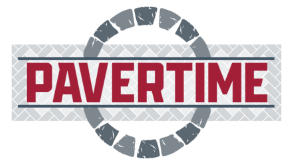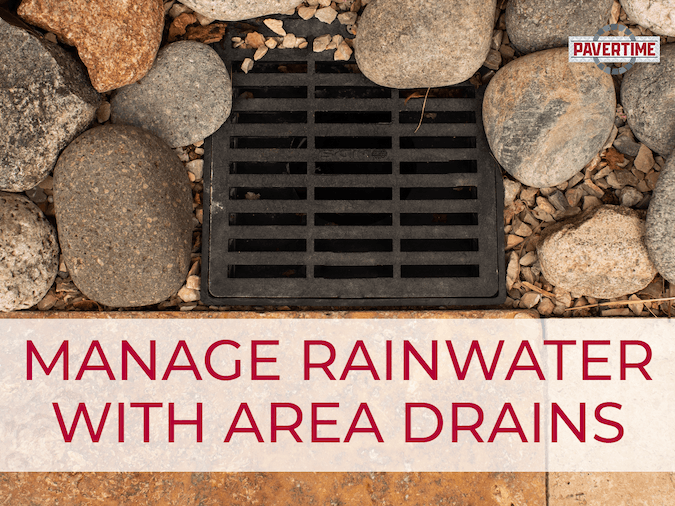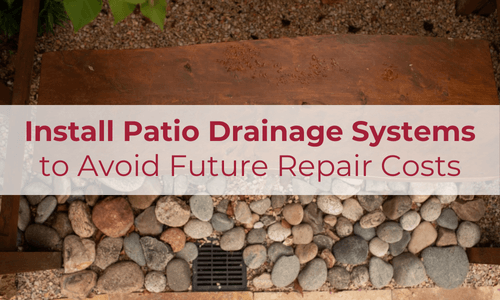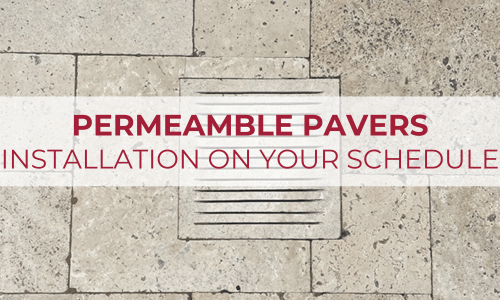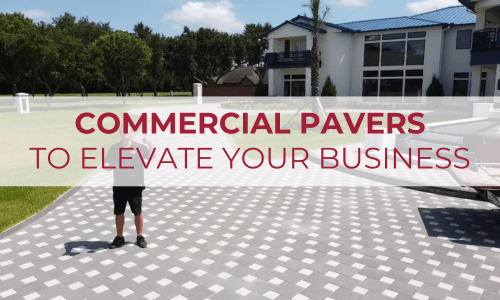The ideal solution for anyone struggling to manage rainwater at your Houston area home may be an area drain. Definitions may vary, depending on where you look, but it is simply a device installed to collect a large amount of stormwater.
Rain falling on a hard surface, like your driveway or roof, needs somewhere to go. Many times, that place ends up being the nearest storm drain or ditch. However, too much water can cause flooding and water quality problems.
To help combat these issues, many homeowners install a drainage system, like an area drain. Keep reading to find out more about the area drain definition and how to effectively manage rainwater.
Area Drain Definition: What Is an Area Drain?
The primary purpose of an area drain is to collect excess rainwater. With the intense downpours that Houston often sees, for example, an area drain helps effectively manage sudden volumes of water.
Most of the system is installed beneath the ground. For the area drain to be effective, contractors must build a trench system beneath it with a slight downward slope. Gravity helps it perform by forcing water to naturally flow into the pipes through an exit basin away from your home.
Area drains have open grates that allow water to enter, with connected angled pipes that force the water to exit the grate. Exit points may be located on your property or beyond the boundaries into an open area with plenty of sunlight. Access to direct sunlight helps the water evaporate faster.
The grate size for your residential drainage system depends on the amount of runoff expected during heavy rainfall. Sizes range from 4-12 inches wide and may include plastic or metal.
Choosing Between an Area Drain and A French Drain
You may also be wondering about whether to use a french drain or an area drain at your residence. The choice between an area drain and a french drain can be made thanks to a couple of factors.
– If your soil becomes overly saturated during periods of heavy rain, a french drain may be best for your yard. It will help eliminate excess water and prevent pooling and flooding.
– However, area drains are best when you need to ensure that large volumes of water are removed quickly. They rely on sloped surfaces to help with surplus water runoff and move it away from your home before it collects, preventing severe damage.
Sometimes, french drains and area drains are used together to create the most effective solution to your water drainage issue.
When to Install a Drainage Area
If you’re unsure about how to best handle your drainage issues, it’s important to consult an experienced technician from a knowledgeable company like Pavertime. This technician may suggest an area drain if you have recurring problems with excess water after a storm. When water lingers for a long time, it indicates a flat spot. A flat area doesn’t allow the water to flow towards a natural slope.
Even if you don’t directly see pools of water, your lawn may be soggy and take several days to dry out. If this problem remains unaddressed, it will contribute to inconsistent water levels, additional moisture, and potentially more pooling water. These issues could attract mosquitos onto your property, creating a whole new world of problems for you.
Pavertime Can Help You with Your Yard Flooding
Do you live on a property with constant flooding or pooling water? Now that you understand the area drain definition, you may think you could benefit from installing a drainage system. Our experts are ready to visit your home and provide you with a recommendation about how to help with your flooding yard.
– Call Pavertime today at 832-831-6058 to schedule a free consultation and learn how our pavers can save your lawn!
